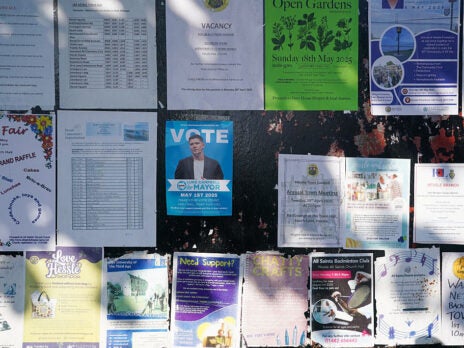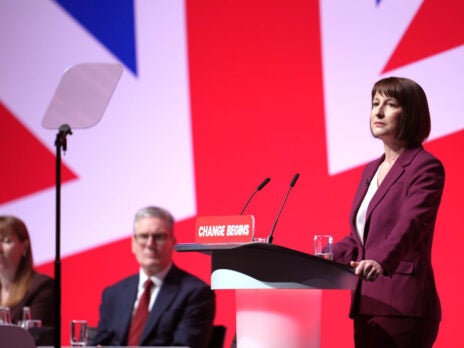
Kingswood is basically outer Bristol – or at least that’s what the boundary commissioners think. A by-election will be held in this Conservative-held constituency next month following the resignation of Chris Skidmore in protest at the government’s oil and gas licence plan. But most of the town will be moved in with rather Bristolian-looking wards to form “Bristol North East” at the next general election, a safe Labour seat by any measure.
Nevertheless, the Kingswood constituency will have the last laugh on 15 February, delivering, along with Wellingborough, what might be a double post-Valentine’s Day defeat for the government in a single day.
Kingswood, where the Tories have a majority of 11,220, is closer to a classic middle class, suburban swing seat than a safe one. Britain Predicts has Labour on course to win the seat with 44 per cent of the vote (up 11 points) to the Tories’ 32 per cent (down 24 points). This is a nationwide poll-based forecast, so Labour’s winning margin might be even greater, though not, I suspect, by much (Britain Predicts has recorded more hits than misses but rarely understates the Labour share).
The Lib Dems would flounder in fourth place on 7 per cent, while the Greens would (just) save their deposit with 6 per cent. And Reform UK, ever an underperformer in by-elections, would finish third with 11 per cent. As I have written before, there is plenty of evidence that the polls overstate the right-wing party’s support and, therefore, that it bears little blame for the Conservatives’ woes. The notion that Reform supporters will simply “come home” to the Tories at the general election is equally an unfounded one.
Kingswood is a more certain Labour gain than Wellingborough. The East Midlands seat, where the Tories hold a majority of 18,540, has seen little activity from the local Labour Party and the opposition’s vote share stood at just 26.5 per cent at the last election (it was last won by Labour in 2001). Kingswood, by contrast, is on the outskirts of Bristol where Labour is hegemonic and has benefited from salaried party staff in the past as well as a stream of activists from Bristol-proper.
Nevertheless, it’s worth adding a few caveats. Despite the dominance of air-war politics, local campaigns can still make all the difference. Active doorknocking and regular voter engagement are crucial in tight contests. In the wards that make up Kingswood, Labour’s vote over the past decade has appeared flat. The most the party won was 40 per cent across the seat at the 2017 general election and the least was 30 per cent in 2015. As of last year’s local elections, the Labour vote stood at just 36 per cent to the Conservatives’ 37 per cent – enough to win five of the 11 wards (which were gains) but in vote terms hardly an enthusiastic endorsement.
Many of Labour’s would-be voters appear comfortable in looking towards the Lib Dems and the Greens in council contests (those two parties last year won a combined 24 per cent of Kingswood’s active electors). It is these voters who Labour will be looking to endear at this by-election, a timely reminder that the Labour vote is very much a coalition. Get your two-horse race charts ready.
[See also: How Labour's path to a majority has eased]


